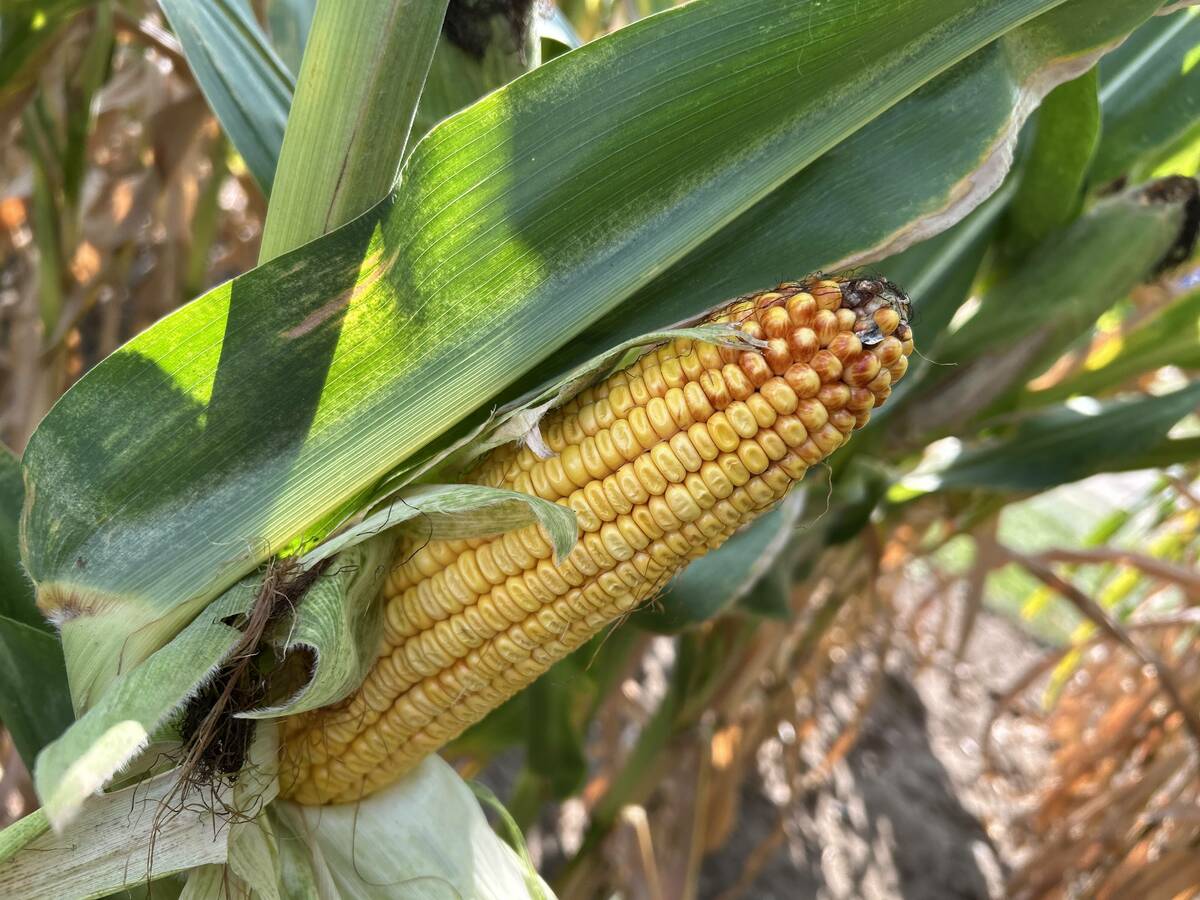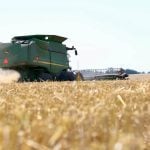Grain system | Scoular Canada official says shuttle trains will drive move to elevator specialization
Prairie farmers might think they are using a modern railway and grain elevator system for which they pay top dollar to use.
However, a manager with the company building the new grain and oil shipping hub in southeastern Saskatchewan said he thinks the Canadian grain handling system needs radical transformation.
“I think the grain system will look very much different in five years from what we have today,” Scoular Canada senior market manager Gary Williams said in a presentation at Grainworld Feb. 26.
“The elevators are going to change. There will be a rationalization that has to take place.”
Read Also

Crop estimates show mixed results
Model-based estimates used by Statistics Canada showed the 2025/26 crop year has seen increases in canola, corn for grain, oats and lentils production while seeing dips in spring wheat, durum wheat, soybeans and barley in comparison to 2024/25.
Williams said Western Canada has far too many medium-sized grain elevators that are trying to handle too many crops. In a few years, he expects to see some elevators expanded so they can handle “shuttle trains” and others turned into specialty grain handling facilities for specific crops.
He said the American grain handling system has moved to large, efficient facilities that can store two to three train loads of crop so they can handle shuttle trains.
Shuttles are fast-turnaround trains that load quickly at one facility, move quickly to port and then return for another load. Each load and unload is done in a few hours, for which the grain handler pays a discounted rate to the railway.
Most prairie elevators can’t handle shuttle trains because they can store only one-and-a-half trains worth of crop. If a shuttle train loaded at the elevator, unloaded at port and then quickly returned, it would be hard for the elevator to guarantee it would have enough grain to fill the train again.
Williams said many areas have a plethora of low storage capacity elevators with 50 to 56 car or 110 to 112 car spots. Many of the elevators in the United States were owned by local co-operatives and small companies so rationalization went easily, with some elevators expanding, some specializing and some failing.
However, the vast majority of elevators on the Prairies are owned by Glencore, Richardson or Cargill and none of them will readily shut down or redirect one of their facilities in a competitive area, nor will any company be keen to spend a lot of money expanding a facility in an area with many competitors.
Williams said he doesn’t know how rationalization will occur but is certain it will do so within a few years.
However, none of it will happen if the railways don’t have the incentive to embrace the changes.
Williams said rail rate caps and restrictions on the ability of railways to differentiate their charges won’t make them willing to invest more in higher capacity or offer incentives for certain sorts of performance.
“The CP and the CN have to be salivating for the day when they can play that game,” said Williams.
“Railroads, of course, are going to be reluctant today to do much differentiation in their rates and in sending (through) different channels and allowing a lot of flexibility and a whole lot of new investment when they’re not going to be able to reap the additional rewards of doing so.”
Williams also supported the call for prairie farmers to grow other types of wheat than just high-protein spring wheat because buyers are often unwilling to pay the premium to justify growing it.
As well, he said he can see a day when Canadian and U.S. crop grading and classifications are harmonized so that either country’s grain can flow wherever the demand is strongest.
“There’s going to have to be some give-up on how important that U.S.-origin, Canadian-origin is so that it’s not held aside,” said Williams.
“Facilities won’t be able to segregate.”
Farms will also change in coming years as the reality of the open market grain system develops. Farmers will have a variety of options to consider when developing their operations to fit the new grain handling system that evolves.
“Is it space on the farm? Is it in land? Is it in equipment?” said Williams.
“Where is the money going to create the most return to the Canadian producer now that a competitive edge can mean the difference between staying in farming and getting out.”















